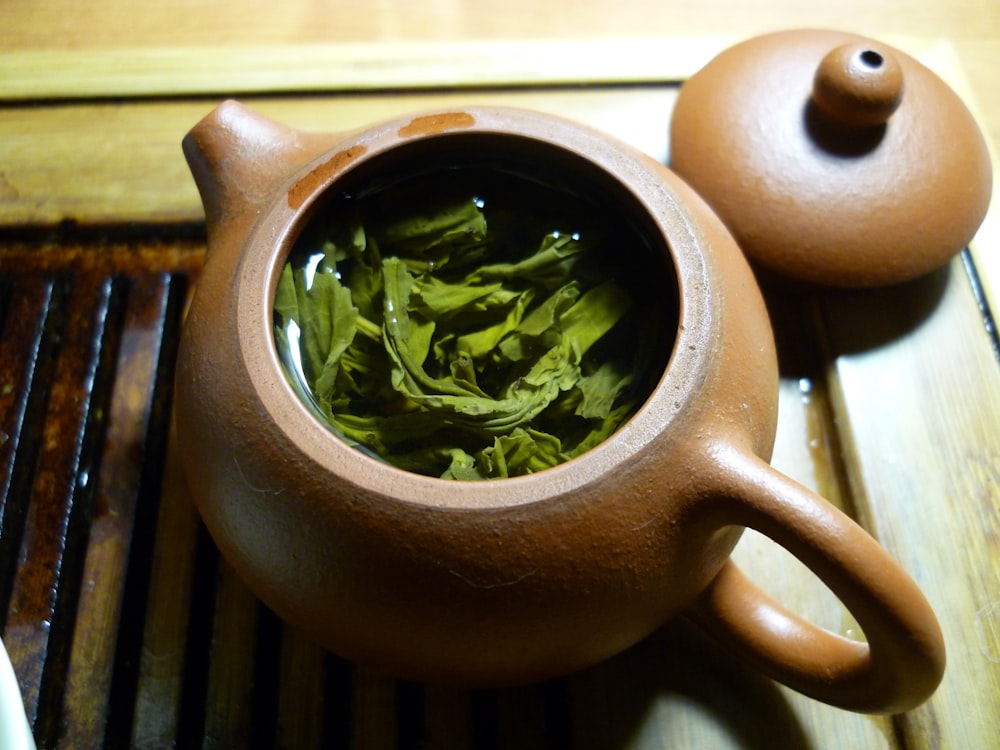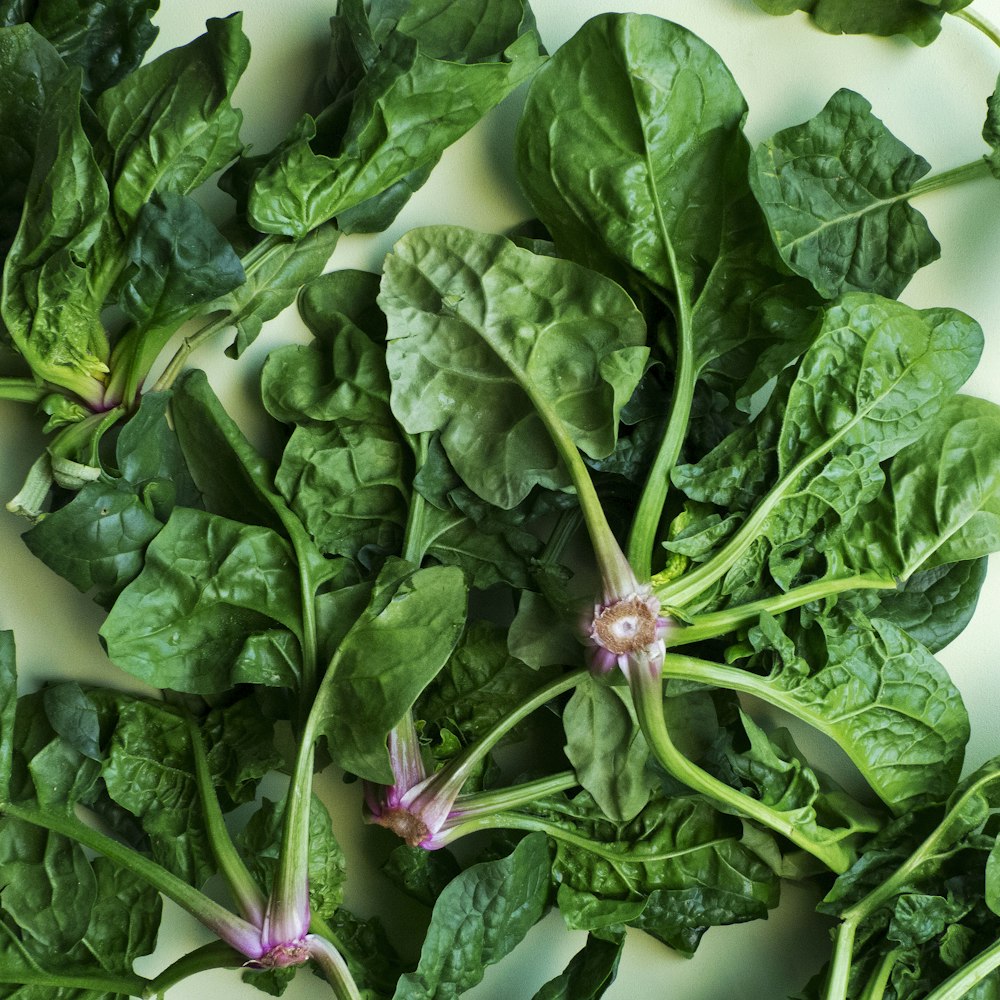The Ins and Outs of Blood Sugar and How it Impacts your Daily Life

Blood sugar is a tricky thing. It’s a timely concern given the rather daunting statistic that 50% of Americans are either prediabetic or diabetic. This is a national (and global) health concern for sure, and keeping your blood sugar levels regulated is a necessary thing we all need to do. But, you’ll want to do it naturally, if possible, and you’ll also want to learn how to stave of pre-diabetes and diabetes in the smartest and healthiest way you can. Because, believe it or not, diabetes is often a precursor to stroke and heart attack. This is what we’re going to talk about today—the ins and outs of blood sugar, and how to keep it balanced in order to remain healthy today, and over the long run.
What is blood sugar?
While this may sound like a terribly simple question, it’s one that begs an answer. Your blood sugar is just as it sounds—the amount of sugar in your bloodstream at any given moment. We all need blood sugar (also known as glucose). This is what we use for energy. But just like most things in life, there’s a delicate balance to having just the right amount of glucose in any given moment. In an ideal blood sugar world, you’ll want to have levels in the Goldilocks position—not too much, not too little, but just right.
If you continue to carry too much sugar in your blood over the long run, you’ll wind up pre-diabetic, and then eventually, diabetic. It’s not natural to have out of whack highs and lows when it comes to your blood sugar levels. These dramatic ups and downs are primarily the result of eating the wrong foods. They’re also the result of having a mind that’s constantly stressed, which also stresses the body. As we know now, the mind-body connection is very real. Even blood sugar levels are impacted by too much stress in your life at any given moment.
How do I measure my blood sugar?
All diabetics have been forced out of necessity to continually check their blood sugar levels. It’s a relatively simple process, one that most commonly involves a lancet (a fancy word for a sharp needle). Using the lancet, you prick your finger, and apply the blood to a test strip, which then reads your blood sugar level. The entire process takes a minute or so, and you get the tools necessary at any pharmacy.
What is insulin resistance and why does it matter?
Insulin resistance is at the heart of blood sugar issues. When your body becomes resistant to insulin, changes need to be made. Insulin is a hormone, one that’s responsible for getting the necessary amounts of glucose to your cells, which then convert the glucose to energy, or ATP. The more sugar you add to your diet, the more insulin resistant you become over time. This is why greatly reducing or eliminating sugars altogether is the best way to prevent insulin resistance and of course, diabetes.
Common signs and symptoms your blood sugar levels need balancing
You don’t really need to measure blood sugar levels, as typical signs and symptoms typically point to a blood sugar problem. Some of the most common ones to be aware of are:
- You notice just how often you crave sweets
- You’re always in the mood for simple carbs, which include breads, pastas, baked goods, and the like
- You want coffee all the time, and feel as if you need to drink it throughout the day just to maintain
- You find yourself getting super crabby and irritable if you happen to skip a meal
- You fall asleep after you finish eating a meal
- Skipping a meal makes you lightheaded and dizzy
- Losing weight seems an impossible feat
- Your sex drive is low
- You need to go to the bathroom all the time
Best ways to improve your blood sugar the natural way
I have a friend who happens to be diabetic. Years of poor nutrition, mainly in the form of simple carbohydrates certainly played a major role in his adult journey to diabetes. He and his wife (who he eventually lost) both gained a lot of weight over the years of their marriage. And now, he’s had heart surgery on multiple occasions and suffers from neuropathy in his feet. He’s on a host of pharmaceutical medications, and can’t quite motivate himself to get out and exercise.
What a downward spiral it can be if you let yourself fall too far. It can be seemingly impossible to dig your way out and make the climb back up to great health. Which is why I always promote prevention and good health in the here and now. It’s always best to set those healthy habits while you’re young, so you don’t get entrenched in the pharmaceutical world as you age. Which is why we have to talk about the foods we put in our body, and the many ways we need to keep it supple and strong.
Eat to balance blood sugar levels
The foods we eat are the biggest players in the delicate balance of glucose in the blood. Everything you put into your body has an impact on your blood sugar levels. Which makes food education a crucial piece of this blood sugar puzzle. I’d first like to talk about the foods you’ll want to avoid.
Eliminate simple carbs from your diet altogether
Simple carbohydrate foods have miniscule nutritional value. Plus, they spike your blood sugar levels sending them on the extreme roller coaster ride that leads to pre-diabetes and eventually, diabetes. So, what’s a simple carbohydrate? Simple carbs come in the form of baked goodies, soda, fruit juice concentrate, packaged cookies and crackers, breakfast cereals, cakes, and white breads. These are the foods to skip when perusing supermarket aisles.
Eat whole foods
The best way to normalize blood sugar is by eating a nutrient-dense whole foods diet, one that’s heavy on vegetables, lean proteins, and healthy fat sources, with fruit as a healthy dessert. Eat loads of dark, green veggies as these are nutrient-dense. Dark berries, nuts and seeds should be staples in your diet. Make sure your plate is colorful. Anything that comes from nature is a safe bet.
Move to keep blood sugar normalized
Regular exercise is essential for maintaining healthy blood sugar levels. Because your cells use up glucose as fuel, each time you exercise you’re turning the glucose into energy, taking it out of the bloodstream. This is why regular exercise is essential for normalizing blood sugar levels. I like to mix things up when it comes to exercise. Today I did 20 minutes of burst training and took a couple dogs for a long walk. Tomorrow I’ll do at least an hour of vinyasa yoga. The day after, I’ll likely go for a long bike ride. Keeping things interesting is how I stay motivated to move a lot each day.
Simple ways to improve your blood sugar
Here are a handful of healthy blood sugar secrets you may not be aware of:
Eat cinnamon
I used to add cinnamon to nearly everything. Then I forgot about it for some years, and now I’m back on track. I typically add cinnamon to morning coffee, smoothies, and oatmeal. But, it’s actually really good in practically any and every dish. Just add a dash of cinnamon to your side of steamed veggies, whatever soup you’re having, or any and every fruit for dessert. Cinnamon enhances every dish, in my opinion. And the cool thing about cinnamon is that it works to naturally stabilize blood sugar. It’s even been shown to lower glucose levels in diabetics. Adding a dash of cinnamon to your drinks and meals is one of the easiest ways to support healthy blood sugar.
Lay in the sun
Sunbathing is a true panacea for me. It relaxes me, puts me in a great mood, and keeps me feeling beautiful. There’s science that also says getting good amounts of vitamin D from the sun also improves blood sugar. Published in the Nutrition Journal, this particular study found women who took vitamin D supplements for 12 weeks lost 7% body fat. This body fat loss is linked to better glucose levels in the bloodstream. I always say getting your Vitamin D from the sun is best. While in the winter months, supplementation is the answer.

Eat more healthy sources of fat
Fats are not bad for you! That’s a misnomer. It’s just the wrong kinds of fats that aren’t good for your blood sugar. But, the healthy ones—now, that’s another story altogether! You see, healthy fats, which include extra-virgin olive oil, avocados, coconut oil, avocado oil, fatty fish, nuts, seeds, and various forms of dairy need to be staples in your diet. The ketogenic diet has been used as a viable treatment for diabetics, and it has gained quite a bit of popularity among health seekers lately. It’s the healthy fat sources that lie at the center of this diet that make it different from other ways of eating.
When you eat a healthy fat source with each meal, you give your body a sustainable form of energy—one that lasts over a long period of time. Sugars, on the other hand, tend to take energy way up, only to crash way down afterwards. The highs and lows are too much for the system, and eventually, lead to prediabetes. While ice cream is loaded with sugar, at least the sugar is combined with the healthy fat of milk. This slows the roller coaster rush of sugar alone. So, I encourage you to eat at least one healthy fat source with each meal. I typically add an avocado or nut butter to my morning smoothie. For a snack, I’ll eat an apple or banana with nuts. For dinner, if I make a soup, I’m sure to put full-fat coconut milk in a pureed vegetable one, for example. Add nuts to oatmeal in the morning, top your salads and sweet potatoes with pumpkin seeds, and drizzle soups with olive oil just before serving. The ideas are endless!
Supplement with adaptogenic herbs
One study, this one published in the Journal of Food Science, found adaptogenic herbs, in this case—American ginseng berry juice—to have a majorly positive effect on blood glucose levels. According to this particular study, after just 10 days of taking the American ginseng berry juice, participants in the study experienced improved glucose tolerance and more balanced blood sugar levels. Adaptogen herbs are potent plants from Mother Nature. Not only do they help us balance our hormones, they also help manage stress levels, and believe it or not—stress is linked to unhealthy blood sugar levels.
Sip on green tea
This study, published in the journal Chinese Medicine explores the many health benefits to drinking green tea. One such benefit may very well be its positive effect on blood sugar. According to the study, EGCG, green tea’s primary healing compound, appears to help stabilize blood sugar levels. And because green tea is so good for you on so many levels, I recommend you sip 2-3 cups each day as a preventative measure.

Eat chromium-rich foods
Chromium’s a mineral that has an array of health benefits. It’s been proven to help improve insulin sensitivity, making it an essential mineral for all, especially those with prediabetes and diabetes. You may want to consider taking a chromium supplement. But, I always say, the best way to get your vitamins and minerals is from whole foods. Those containing ample amounts of chromium are: potatoes, tomatoes, onions, and sea veggies. I like to make potato soups (always with sauteed onions as the base) and add a sprinkling of dried sea veggies as topping. Red sauces for pasta are always fun, too!
Stress and your blood sugar
Stress impacts everything in your body. And I mean everything. This is why it’s so important to learn how to balance the stress in our lives if we want to balance our blood sugar. Consider ways you might want to bring more calm and balance to your life. Do you love to go for long walks in nature? Maybe you adore the relaxing scents of essential oils like lavender or marjoram. Perhaps you’d like to give meditation a shot. Even the simple act of learning how to breathe more deeply can work wonders for your nervous system. Sometimes, when I’m out walking dogs, I practice taking the biggest breaths I can take. This instantly calms me and gives me more patience with my furry charges.
I hope this gives you a better idea of all the ins and outs of blood sugar and how it impacts your daily life. Knowledge is power, and your health is your life. So, take this info to heart and use it wisely!

